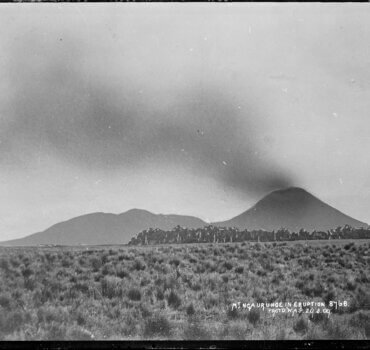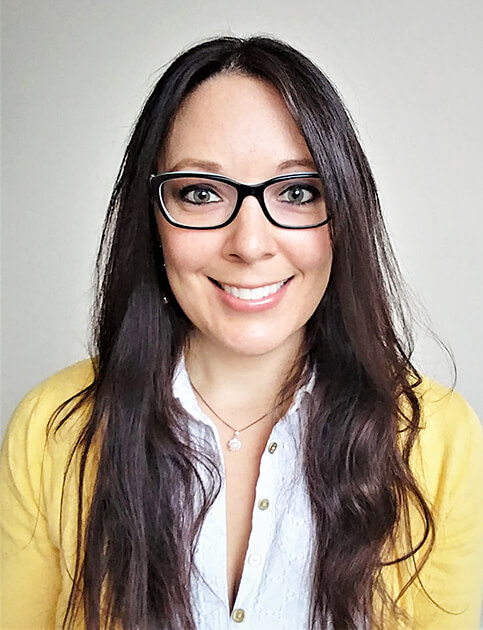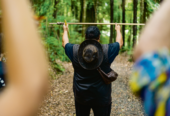
Mount Ngauruhoe in eruption, 1909. Price, William Archer, 1866-1948 :Collection of post card negatives. Ref: 1/2-001004-G. Alexander Turnbull Library, Wellington, New Zealand.
There are around 50 ongoing eruptions right now, but you won’t hear of most of them because they are not big enough to hit the news cycle. Fortunately, many don’t really impact the people around them. When it comes to volcanoes, generally the smaller the eruption, the more frequently they occur. They are similar to earthquakes in that way. Even volcanoes known for their large, catastrophic eruptions have many, many much smaller events as a normal part of their activity and these smaller eruptions are far more likely to occur if unrest culminates in an eruption. Yet sometimes worst-case scenarios happen.
Forty-three years ago, this week in Washington, USA, Mount St Helens erupted at 8:32 am on May 18, killing 57 people and unleashing devastation that changed the way we look at volcanoes in many ways. The unrest began on March 16, 1980, with small earthquakes and increased to phreatic (steam-driven) explosions at the summit. As magma rose into the cone, the side began to swell outwards at about two metre a day. Today we know what that means. Back then they were figuring it out for the first time and working hard to convince people that it was a dangerous area to be in.
The bulging north flank resulted in that side of the volcano failing, producing an enormous landslide and unleashing the pressurised magma in one of the most significant eruptions of the century. The roughly 400°C pyroclastic flows raced across the landscape, flattening mature forest. The speed of this hot gas and pumice reached around 480 km per hour. An ash plume reached 14-19 km above the vent and deposited 520 million tons of ash (pulverised rock) across the country. Then there were the lahars – dangerous mud flows carrying large boulders and trees that swept down rivers and destroyed bridges and homes. The landscape changed so dramatically that those in helicopters searching for survivors couldn’t keep track of where they were.
When I was young, this eruption fascinated me. Not just because of the enormous event that unleashed devastation across 600 km2 of land, it was mostly the people side of this event. The stories of those who were caught in the eruption and those who worked to keep people safe. I have now worked on the deposits produced by this eruption and have met many of the people who were involved. I’ve heard first-hand accounts of people who lost loved ones, the most well-known of those being 30-year-old volcanologist David Johnston. The loss is still felt decades later, the pain echoing far beyond the event.
Being a volcanologist means you know the range of events that can happen, and how quickly things can change or even stop in their tracks and lead to no eruption at all. Events like this one are the cautionary tales to not ever get complacent. Helping people to understand eruptions and what to do is a shared global goal in volcanology, we know that the right information has the power to save lives. We can get people out of the way while volcanoes do their thing as part of the dynamic planet we live on. Once the volcano is quiet once more it is up to everyone to recover and move forward together.









